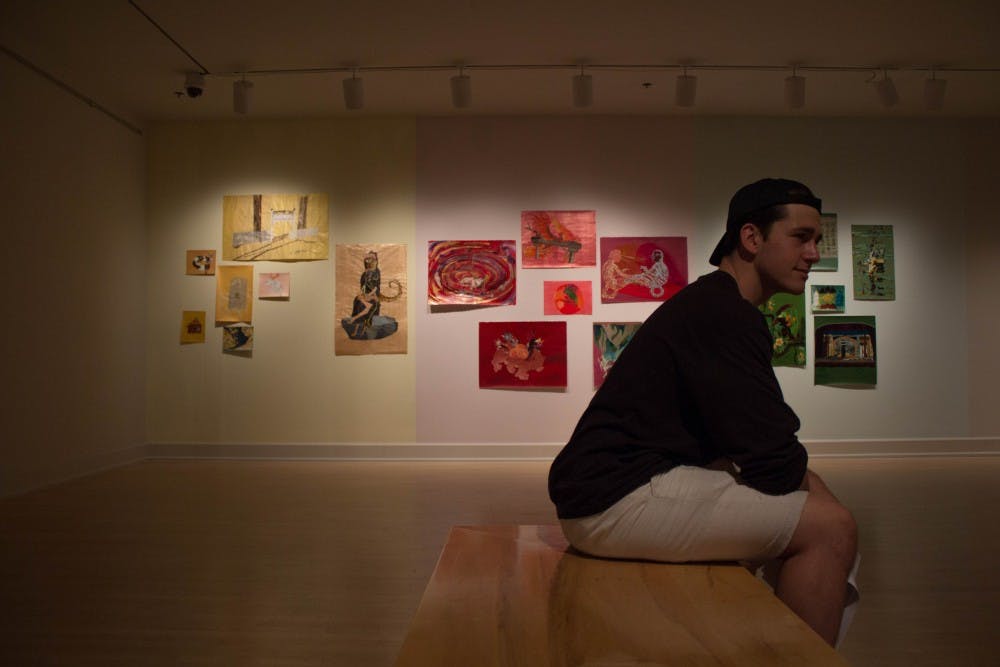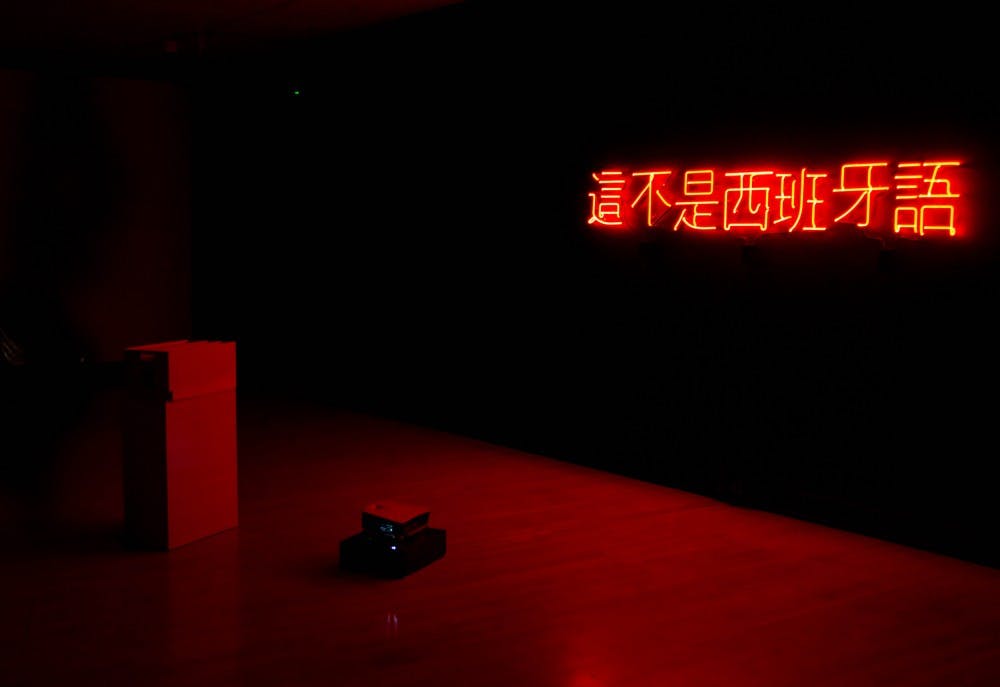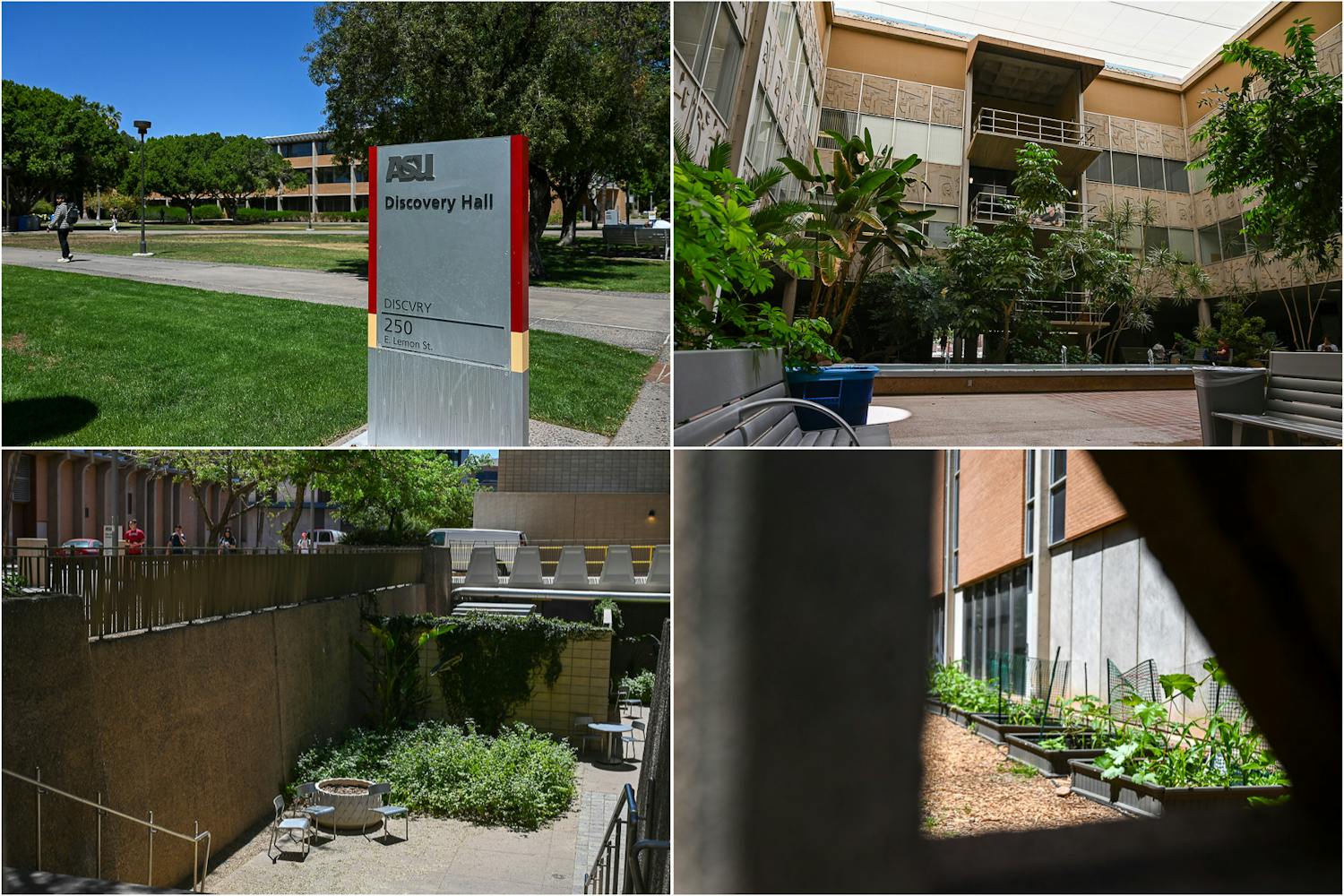A new exhibition called "Soul Mining" at the ASU Art Museum is bringing history to the forefront of fierce political debates in the United States about immigration.
The art exhibit, which went up on Sept. 23, examines the social, political and economic issues facing Chinese immigrants brought about by the 1882 Chinese Exclusion Act. It serves as a reminder from history that immigration to the U.S. has been an issue for hundreds of years, and not only for Mexican-Americans.
“Soul Mining” features artwork that depicts the struggles of Chinese laborers, once welcomed in the United States, as they were expelled from the country, and in some cases, forced to migrate to Central and South America. Here, Chinese culture merged with that of Latin America, as can be seen in pictures within the exhibit, where Chinese immigrants are stationed in buildings adorned with signs in Spanish.
The exhibition blends North American, Latin American and Asian culture, as it delves into the history of labor in the United States.
Exhibit curator Julio César Morales, who grew up in Tijuana, Mexico, said it was natural to see Chinese there, but he never questioned it until he was an adult. He said he and his collaborators began working on the exhibit thinking about immigration and personal experiences.
Morales also tied the exhibit to today’s political issues with Donald Trump and his immigration policy.
“Immigration was good for culture and good to bring diversity in culture," Morales said. "Asian people brought diversity into Latin America. This relates to what the president is trying to do -- to reduce immigration."
He said while working on the exhibition, several of the artists likened the Chinese Exclusion Act to today’s Muslim ban, which Morales referred to as a “contemporary version" of the 19th century immigration act. Indeed, popular press coverage has compared the two policies.
Morales believes that people today are undereducated about this part of history.
“No one coming up would know much else other than American history or anything not from the American perspective," he said.
He said it is great to have “artists be the educators” in order to highlight underrepresented events in history and particular cultures.
Ranu Mukherjee, the artist who created “Phantasmagoric” and “Extracted Lexicon" at the exhibit, agreed with Morales' assessment that people are undereducated about the history of immigration in the United States.
“The reason I did this project is because I didn’t know a lot about it,” said Mukherjee.
Her work, “Phantasmagoric” is displayed on three television monitors mounted on the walls of the museum. The film features a series of changing images and symbols heavily focused on a single element: gold. In this piece, she incorporated references to Chinese mythological creatures in an effort to have viewers think about the landscape in an animated way.
Her other art piece, “Extracted Lexicon,” is a three piece set of drawings, with each part dedicated to a mineral: gold, cinnabar and jade. The series of drawings contains references to the migration of people to California for gold mining, dug-up cemeteries from which bones were brought back to China, mythological creatures and more.
Mukherjee began working on the pieces in “Soul Mining” back in 2015, prior to the Muslim ban, but when the conversations on immigration and differences in culture were still heightened.
“The reason for looking at these histories again has to do with how relevant they are now," Mukherjee said.
Jeff Wilson, a construction engineering junior at ASU who was present at the gallery, said he was previously unaware that Chinese laborers had moved into Latin America prior to visiting the exhibition.
“To me, this exhibit bearing the unique cultural contributions of Chinese-Mexicans stands as a testament to the resilience of the Chinese people," Wilson said. "I believe that this exhibit also represents the often-understated nature of Mexico as a multiethnic society."
The exhibition features paintings, neon signs, projector videos, encased artifacts and more to immerse its viewers. In total, it features three galleries plus additional artwork in the museum’s lobby.
The exhibition will be running until Dec. 30.
Reach the reporter at dgatalic@asu.edu and follow @danielgatalica on Twitter.
Like The State Press on Facebook and follow @statepress on Twitter.





